This month we’re featuring Musique de Joye—joyous songs and dances from 16th century France.
Social and political conditions in France during the 16th century were particularly favorable to the growth of popular music. During the long reign of Francis I (1515-47), French composers developed a uniquely new song form, the chanson, which was distinctly national in both poetry and music. While chansons were typically written for voices in polyphony, in the mid-16th century hundreds of chanson transcriptions for the lute and arrangements for solo voice with lute accompaniment were also published.
One of the most prolific and versatile of all 16th century composers, Roland de Lassus [1532-1594] penned over 150 chansons. Covering subjects as diverse as nature, biblical themes and bawdy narratives, Lassus’s chansons were popular in his native France as well as the Munich court, where he spent most of his career. Today we’ll hear his setting of “Bonjour mon coeur,” with text by a French contemporary of Lassus, the poet Pierre de Ronsard [1524-1585].
After “Bonjour mon coeur,” we will hear an anonymous chanson, arranged for solo lute, “Branle simple,” followed by “Changeons propos,” by a master of the Renaissance chanson, Claudin de Sermisy.
In these performances we will hear members of the Chicago Early Music Consort, under the direction of Gary Berkenstock:
Gary Berkenstock—recorder
Stephanie Sheffield—soprano
Phillip W. Serna—bass viol
Joel Spears—lute
Podcast episode produced by Joshua Sauvageau.
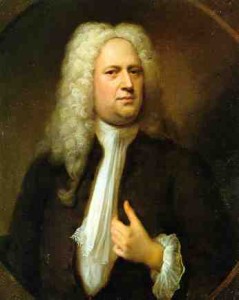
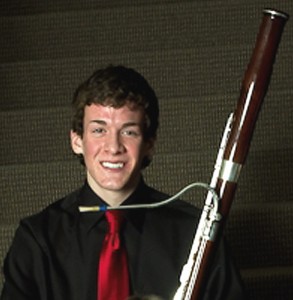

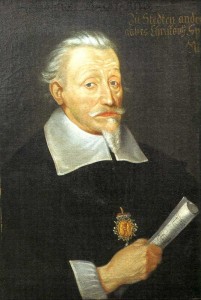

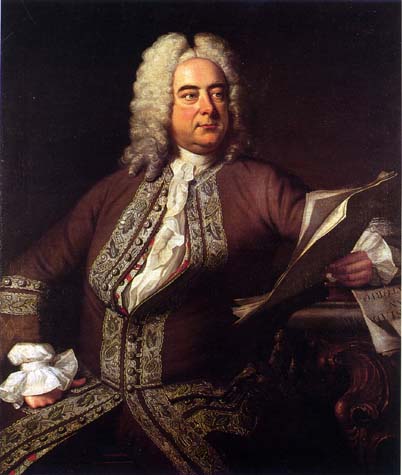
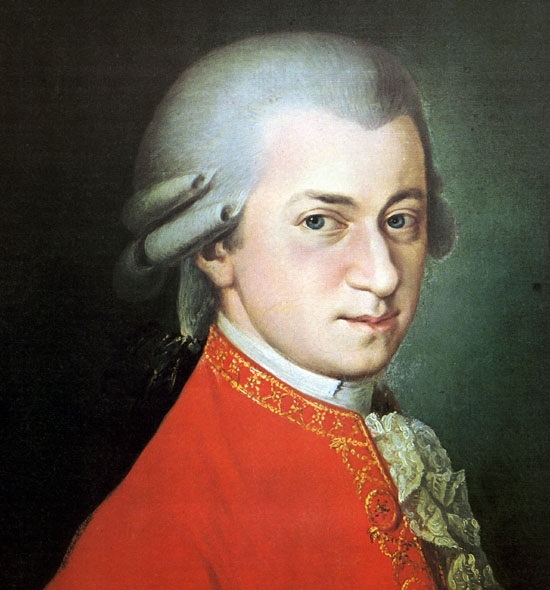
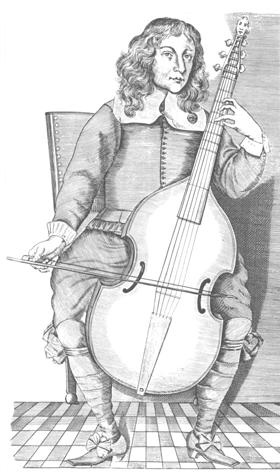


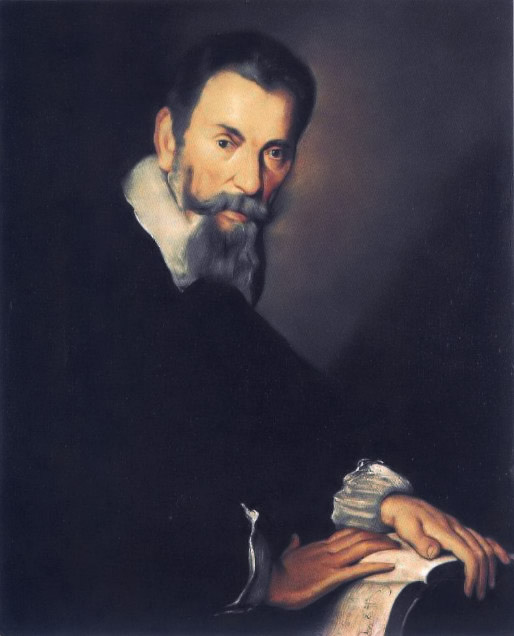
 Today we’re excerpting from the
Today we’re excerpting from the